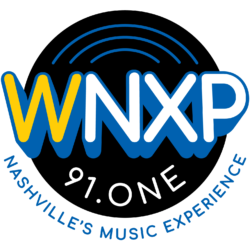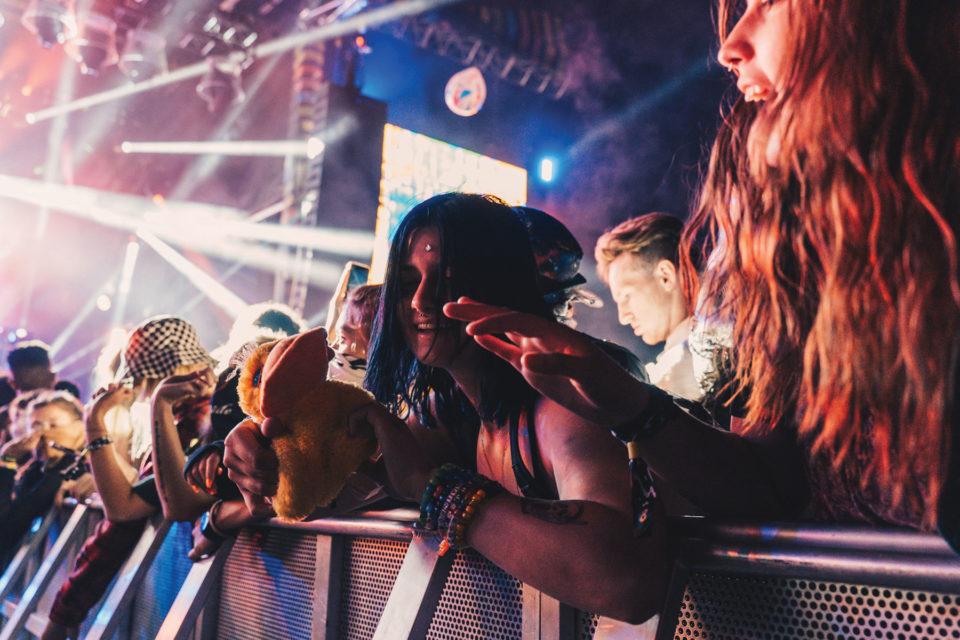Here’s our latest conversation on what the alt-weekly The Nashville Scene is covering with its music editor Stephen Trageser and first-time guest and freelance culture critic Megan Seling.
Jewly Hight: For the new issue of the Scene, you each did some writing that examines how things have been and how they are in specific sectors of the music-making ecosystem and the experience of music fandom. Let’s talk about that.
Stephen, as part of the cover story package, you return to a topic that you’ve taken up before: the lack of Black music venue owners in Nashville. What historical events in the city did you pinpoint as a factor in that? And what are you envisioning in terms of possible remedies?
Stephen Trageser: There was a really thriving and vibrant entertainment scene on Jefferson Street, as a lot of folks know. But at the end of the 1960s, the construction of I-40, how that went through North Nashville, caused a lot of disruption and very much put an end to that scene, after a few years.
What I would love to see happen, something that several people have talked about before, is getting some Black-owned venues that are specifically targeting concerts back in North Nashville, where their main income is coming from shows, so that these communities can participate in this upsurge in interest and excitement about entertainment — as the city changes and as neighborhoods change, they can participate in that and benefit from it. And I think some folks to look to maybe do this would be Lovenoise, a long-running concert promotions company founded by Eric Holt and some friends. Love to see them get the support to make that happen.
JH: Megan, you zeroed in on a very different chapter of music history, one whose effects are not specific to Nashville, but I think are also felt here. I’m talking about an earlier wave of emo and pop punk that is coming back around again, getting its own festival in Las Vegas and is inspiring a considerable amount of nostalgia. What is it about that that makes it more complicated than just a trip down memory lane?
Megan Seling: Nostalgia, I’m all for it. The elder emos is, as we call ourselves, you know, this was 20 years ago, and so we’re revisiting a lot of the songs that were a big part of our formative years. There’s just such a big audience for that right now. And then with social media, a lot of new fans are discovering this music.
And as great as that is, one of the things that has also happened in the past especially five to seven years is the stories that happened during those years in the early 2000s and how toxic and problematic that era actually was, especially for a lot of young women and girls who are part of that music scene as fans and even as artists. In 2020, Hayley Williams, who’s the lead singer of Paramore, who is playing the When We Were Young festival — they’re headlining — she told Vulture about all of this harassment that she had to put up with being one of the few women on tours.
This behavior would go completely unchecked. And at the time, you know, when you’re young, you’re loving this music despite some of its flaws. I think in recent years, the context of these songs have changed. As exciting as it is for a lot of people to dip their toe back into these bands that got them through their first heartbreak, or they listened to when they first got their driver’s license and were driving around town with their friends and shows that they would go to, I think it would be a problem to not consider some of the stories that have come out since about who some of these bands were and what kind of culture their lyrics and their actions sort of cultivated over the years.
It went unspoken at the time in a lot of cases. But with the movements like MeToo and Time’s Up, the girls and the young women are older now and they’re sharing their stories. And so you can get excited for the nostalgia. But I think it’s important to put it in the context of today, and that makes it kind of this bittersweet thing that I think a lot of people aren’t really sure what to do with that.
JH: That’s important that you wrote the piece in a way that foregrounds the fan experience and the fact that the identity of an individual fan can very much shape that experience, particularly femme-identifying fans. You are pointing out the importance of drawing connections between what people were singing about in songs all those years ago and then what they were doing behind the scenes: real life, misogynistic violence.
MS: There were so many songs, and admittedly I loved a number of these songs, but so many songs where generally white men — because pop punk and emo in the early 2000s was almost exclusively young, white men — they would sing about their heartbreak and they would sing about the woman who betrayed them. And in a lot of cases, they would take this emotional pain and sort of convert it into this violent imagery. At the time, when you’re thinking of that as only imagery and your heart is broken too, it’s so easy to feel like this is the only person that understands how much this hurts. You know, it’s your first heartbreak. I get it. It sucks. But now that we’re older, we have to recognize that words like that maybe weren’t so cool, especially when some of the artists that were singing songs like that actually were allegedly abusing women behind the scene.
JH: Back to Stephen, now there are a couple of other areas of Nashville’s musical ecosystem where you point out how unsustainable things are and gesture toward things that need to change. What are those?
ST: In the past, underused commercial facilities or even single family homes or just empty space around was within the reach of an artist or a musician to be used for the space that they need to make art, if they’re musicians, to rehearse, if they’re [visual] artists, to work on their craft and create. With the rise in real estate prices, a lot of that stuff is becoming very difficult to obtain, and it’s probably only going to get worse. This kind of situation is very complex and requires a lot of different solutions, but one that might be great to see is some more grant programs that are specifically designed to help make these spaces available for people.
And sort of tangential to that is, in general, support for small business owners, people who run small businesses, to be able to own their space. How many GoFundMe campaigns in the past year or so we’ve seen, whether it’s music venues or all kinds of different businesses that are needing help to try to stay where they are. You know, there aren’t a whole lot of tools out there to help folks right now, at least like on a municipal level. So whether that assistance is coming from private sources or public sources, these are the kinds of things that help make our culture.

